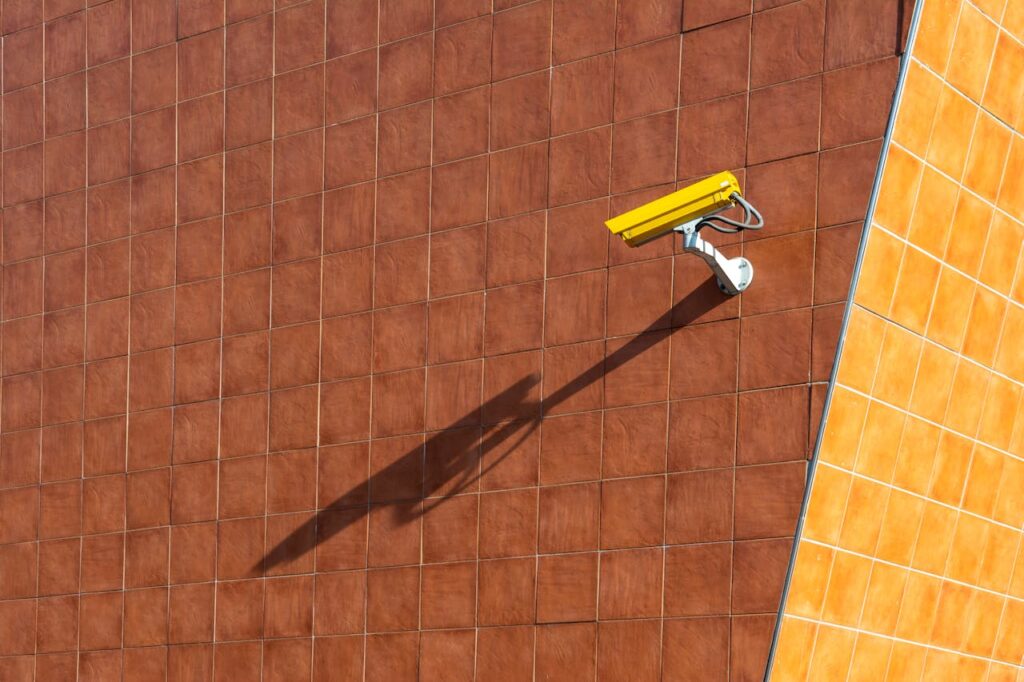
Understanding CCTV: A Comprehensive Guide
Closed-Circuit Television (CCTV), sometimes referred to as CCTV, is a video surveillance system that has become a cornerstone of security worldwide. It helps monitor activities in homes, businesses, and public spaces, offering an effective way to deter crime, protect property, and enhance safety. If you’re curious about what CCTV is, how it works, and why it’s so widely used, this guide breaks it all down in a simple and approachable way.
What Is CCTV?
At its core, CCTV is a video monitoring system that transmits footage from cameras to a limited number of screens or recording devices. Unlike traditional broadcast television, CCTV footage isn’t available to the public—it’s “closed” and only accessible to authorized users. This makes it perfect for situations where privacy and security are key concerns.
How Does CCTV Work?
To put it simply, a CCTV system is made up of a few essential parts:
- Cameras: These are the “eyes” of the system, capturing video footage. Cameras come in different types, like dome, bullet, PTZ (pan-tilt-zoom), and infrared, each with its own strengths.
- Lenses: A camera’s lens controls focus and how much of the area it can see. Some lenses are adjustable (varifocal), while others are fixed.
- Recording Devices: This is where footage gets stored. Traditional systems use DVRs (Digital Video Recorders) or NVRs (Network Video Recorders). Newer options also include cloud-based storage, which allows remote access.
- Monitors: These display the footage, either in real-time or recorded form. Monitors can range from dedicated CCTV screens to standard computer monitors or even mobile devices.
- Cables or Networking: Older systems use coaxial cables to send footage, but modern setups often use Ethernet cables or wireless connections for greater convenience.
Types of CCTV Cameras
Not all cameras are created equal, and the type you choose depends on where and how you plan to use your CCTV system. Here are the most common options:
- Dome Cameras: Great for indoor spaces like shops and offices. Their rounded design makes it hard to tell where they’re pointing.
- Bullet Cameras: These are perfect for outdoor use, offering long-range views and the durability to handle bad weather.
- PTZ Cameras: Short for “pan-tilt-zoom,” these cameras can move and zoom in to capture details, making them ideal for monitoring large areas like parking lots.
- Infrared Cameras: These are equipped with night vision, so they can record clear footage even in low-light conditions.
Where Is CCTV Used?
The beauty of CCTV systems is how versatile they are. You can find them just about anywhere:
- At Home: Protecting your house, family, and belongings from break-ins and vandalism.
- In Businesses: Monitoring employees, safeguarding assets, and keeping workplaces secure.
- Public Spaces: Cities use CCTV in parks, streets, and transit stations to deter crime and keep citizens safe.
- In Industry: Factories and warehouses use CCTV to maintain safety and monitor operations.
- Healthcare Facilities: Hospitals use CCTV to monitor patients and ensure secure environments.
Why Use CCTV? The Key Benefits
CCTV systems come with a range of advantages that make them a smart investment:
- Crime Prevention: Just seeing a camera can make someone think twice before committing a crime.
- Gathering Evidence: If something does happen, recorded footage can help solve disputes or crimes.
- Remote Access: Many modern CCTV systems let you check your cameras remotely on your smartphone or computer.
- Cost Savings: Over time, CCTV can reduce the need for physical security guards, saving money.
- Peace of Mind: Knowing your property and loved ones are being monitored provides a sense of safety that’s hard to beat.
Things to Keep in Mind
While CCTV systems are incredibly useful, there are a few things you should consider before setting one up:
- Privacy Concerns: Make sure you’re following local laws regarding video surveillance to avoid privacy violations.
- Upfront Costs: A CCTV system can be a significant investment initially, but the benefits outweigh the cost in the long run.
- Maintenance: Cameras and recording devices need regular maintenance to stay effective.
- Cybersecurity Risks: For internet-connected systems, strong cybersecurity measures are essential to keep your footage secure from hackers.
The Future of CCTV
Like most technologies, CCTV is evolving rapidly. With advancements in artificial intelligence (AI) and machine learning, cameras are getting smarter. Features like facial recognition, motion detection, and even predictive analytics are making CCTV systems more efficient than ever.
Additionally, the rise of smart home and IoT (Internet of Things) devices means CCTV systems can now integrate seamlessly with alarms, access control, and other smart security tools, creating a complete security solution for homes and businesses alike.
Final Thoughts
This isn’t just about keeping an eye on things—it’s about creating a safer, more secure environment. Whether you’re looking to protect your home, business, or community, investing in a reliable CCTV system can make a world of difference.
